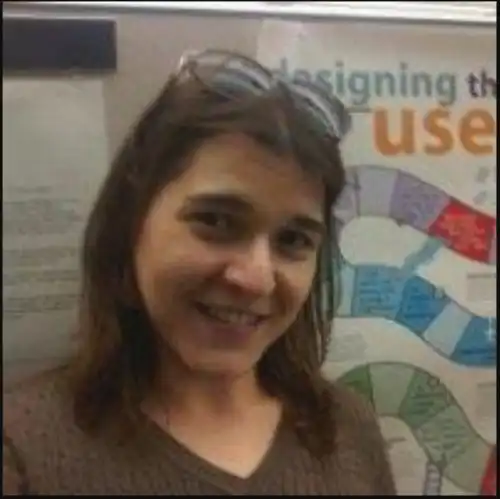What is Human-Centered Design (HCD)?
Human-Centered Design (HCD) is a creative approach to problem-solving that puts people at the heart of the process. It is a design and management framework that develops solutions to problems by involving the human perspective in all steps of the problem-solving process. HCD is utilized primarily in product and service design and emphasizes empathy with users, testing, and iterating based on their needs and feedback. Its ultimate goal is to create solutions that are tailored to the real needs and contexts of end-users, thereby increasing usefulness, usability, and desirability.
Key Takeaways
- Human-Centered Design focuses on empathy, involving users in the development and feedback process.
- HCD spans product and service design, requiring iterative testing and constant refinement.
- It improves the user experience by prioritizing the actual needs and challenges faced by end-users.
- Adopting HCD can lead to innovative solutions that stand out in the competitive market.
- Understanding cultural, emotional, and practical aspects of human interaction is crucial in HCD.
The Process of Human-Centered Design
Human-Centered Design follows a structured yet flexible process, often broken down into three main phases: Inspiration, Ideation, and Implementation. In the Inspiration phase, designers immerse themselves in the user's world to uncover unmet needs and gain deep empathy. Ideation involves generating a plethora of ideas, brainstorming solutions, and building prototypes that represent different approaches. During Implementation, prototypes are tested rigorously with users, refined continuously based on feedback, and ultimately launched into development for broader use. Each phase is cyclical, encouraging persistent iteration and interactivity.
Benefits of Human-Centered Design
The benefits of Human-Centered Design are manifold, including heightened user satisfaction, reduction in risk due to early issue identification, and improved accessibility and inclusivity in products and services. By intertwining user feedback throughout the design process, organizations can innovate effectively, reduce time to market, and enhance user loyalty. This approach supports a sustainable development lifecycle where user-focused research informs all stages of the product or service journey, leading to more successful business outcomes.
Challenges and Considerations
While the advantages of HCD are clear, it also presents certain challenges. These include the need for a cultural shift within organizations to prioritize user perspectives, potential increases in upfront costs due to extensive user research, and the possibility of scope creep through continuous iterations. Nonetheless, these challenges can be mitigated through strong leadership support, strategic planning, and efficient project management practices that align with organizational goals.
The Bottom Line
Human-Centered Design is crucial in today’s competitive landscape as it bridges the gap between user needs and design solutions. By adopting HCD, businesses, whether startups or established companies, can ensure a more tailored user experience, fostering customer satisfaction and loyalty. For clients looking to outsource marketing and design roles, identifying talent proficient in HCD can be a strategic advantage, enhancing the overall success of their projects. Meanwhile, marketers and designers versed in HCD possess a valuable skill set that is increasingly in demand, offering them opportunities to excel in diverse professional environments.














